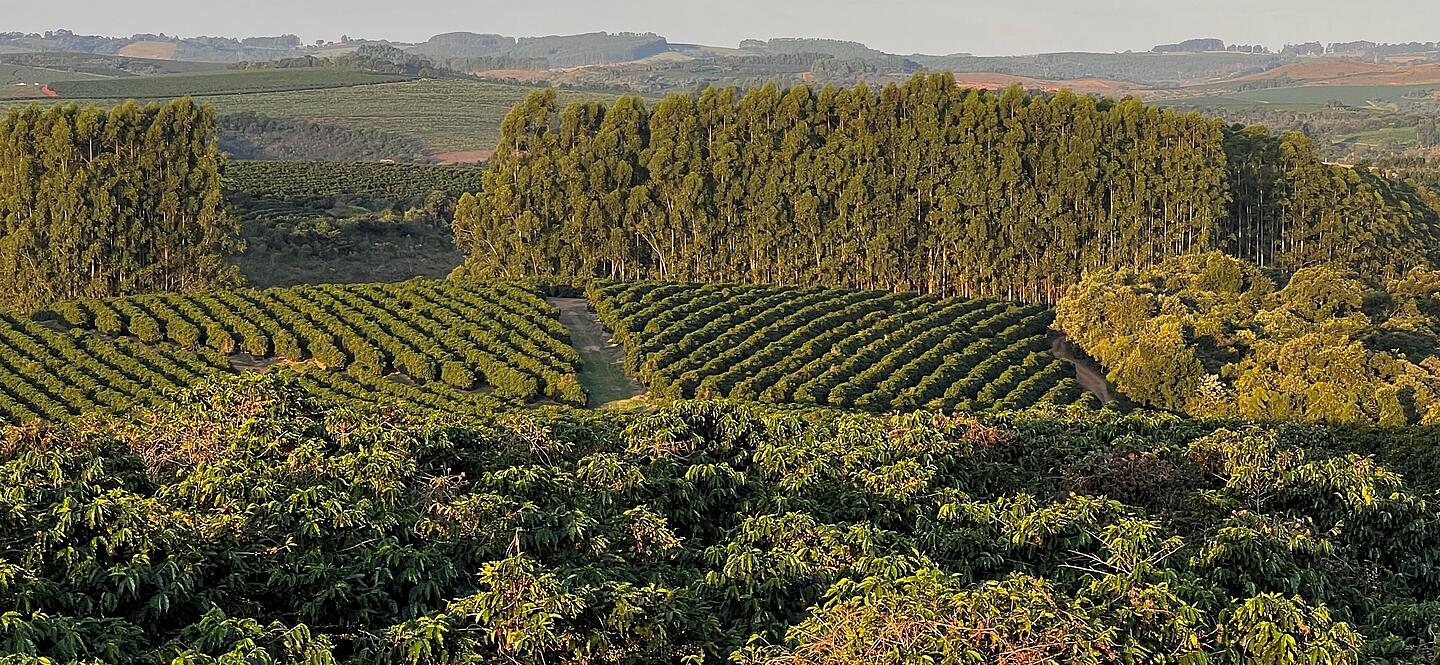Conserving resources
Coffee and tea are natural products that grow near the equator. Climate change is making them increasingly difficult to farm. That’s why it is in our interests as a producer to make a contribution to protecting the environment and achieving climate targets. Germany wants to be climate-neutral by 2045. We believe we have a responsibility to cut CO₂ emissions – for example, by reducing our energy requirements.
Coffee and the climate
How we aim to reduce our carbon footprint each year.
To improve our impact on the climate, we avoid and reduce emissions wherever currently possible. During production, for example, we use highly efficient roasting systems that consume around half the energy of a small roasting facility. By optimising machine settings, we reduce wastage rates and the amount of materials we use. We also carry out annual measurements to assess the extent of this reduction.
